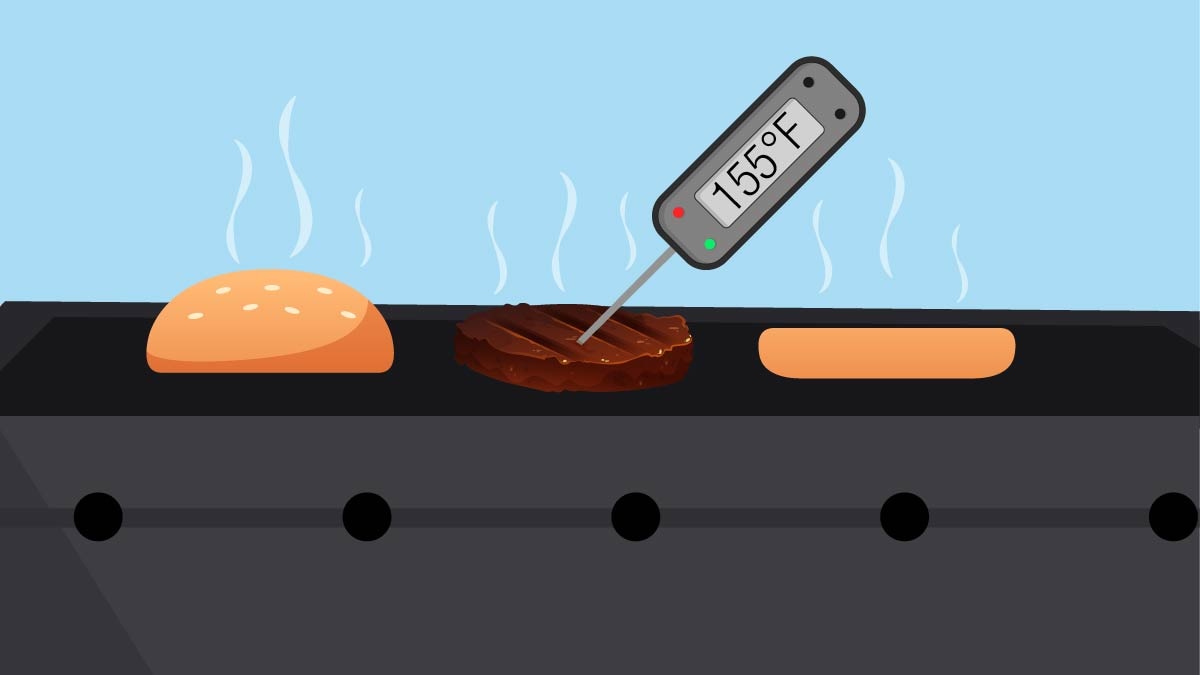At a glance
Review the definitions for survival contributing factors, one of three types of contributing factors to foodborne illness outbreaks.

Background
Technical definitions for the 30 contributing factors for foodborne illness outbreaks are organized around the three types of contributing factors (contamination, proliferation, and survival). Staff from CDC, the Food and Drug Administration (FDA), and state health departments helped revise these contributing factors to show how foodborne illness outbreaks evolve.
Definitions
Survival contributing factors allow survival or fail to inactivate the contaminant. These factors refer to processes or steps that should have killed or reduced the pathogen population to below an infectious dose but did not because of one of these factors. These factors are only for bacterial, viral, parasitic, or fungal outbreaks).
S1 Inadequate time and temperature control during initial cooking/thermal processing of food
The time and temperature during initial cooking/thermal processing (e.g., pasteurizing, blanching, drying, dry roasting, frying, infrared, microwave, oil roasting, steaming) was inadequate to kill or reduce the pathogen population to below an infectious dose. In reference to cooking, but not retorting, it refers to the destruction of vegetative forms of bacteria, viruses, and parasites, but not bacterial spores. If the food under investigation was retorted, then spore-forming bacteria would be included. Examples of this type of contributing factor include:
- Inadequate cooking of meats/poultry before service
- Inadequate pasteurization of milk
S2 Inadequate time and temperature during reheating of food
The time and temperature during reheating or heat processing of a previously cooked food (which may have been cooled overnight) was inadequate to kill or reduce the pathogen population to below an infectious dose. Examples of this type of contributing factor include:
- Reheating of sauces or roasts to a temperature insufficient to reduce the level of contamination to below an infectious dose
S3 Inadequate time and temperature control during freezing of food designed for pathogen destruction
The time and temperature during freezing was inadequate to kill or reduce the pathogen population to below an infectious dose. A freezing process may be used in order to ensure the destruction of certain parasites before raw service of some foods, such as fish. Examples of this type of contributing factor include:
- Pacific red snapper was not sufficiently frozen before served in raw sushi, or an investigation revealed that the time and temperature requirements to kill parasites were not achieved.
S4 Inadequate non-temperature dependent processes (e.g., acidification, water activity, fermentation) applied to a food to prevent pathogens from surviving
Non-temperature depending processes (e.g., acidification, water activity, fermentation) designed to kill or reduce the pathogen population to below an infectious dose were inadequate or improperly used, allowing pathogens to survive. This situation is more of a concern for pathogenic bacteria with low infectious doses, making pathogen survival more often the cause for illness rather than pathogen proliferation. Examples of this type of contributing factor include:
- Inadequate acidification of seafood when preparing ceviche, allowing for pathogen survival
- Inadequate acidification of unpasteurized juice, in which the inappropriately high pH allowed survival of E. coli
- Inadequate salting of fresh water fish, allowing for parasite survival
- Inadequate fermentation of sauerkraut, allowing for survival of Listeria monocytogenes
- Inadequate chlorine concentration used for washing lettuce, allowing for survival of E. coli
Please note:
- Though chemicals may be added to foods to inhibit bacterial growth, at normal levels of use, most chemicals cause inhibition rather inactivation.
- Though pH is considered primarily a means of growth inhibition and not a method of destruction of existing pathogens, at low pH values, many bacterial pathogens will be destroyed if held at that pH for a significant amount of time, even if their growth is already inhibited. If the acidification procedures are inadequate, pathogenic bacteria can survive E. coli O157:H7 and Listeria monocytogenes, in particular, are able to survive acidic conditions.
S5 No attempt was made to inactivate the contaminant through initial cooking/thermal processing, freezing, or chemical processes
No attempt was made to inactivate the contaminant through initial cooking/thermal processing, freezing, or chemical processes. Examples of this type of contributing factor include:
- Unpasteurized milk or cider
- Oysters served raw
S6 Other process failures that permit pathogen survival (specify)
A form of survival that does not fit into the above categories; the factor should be specified in the ‘Contributing Factors Comments’ section.
